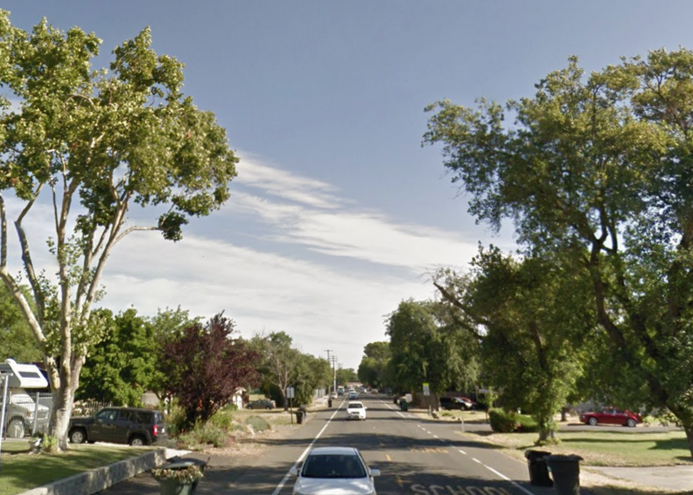We are among millions of forgotten Californians
With nearly 40 million people, California is the nation's most populous state. It is also the most urbanized state, with an average population density of 4300 people per square mile. One would think that the state's urban population lives in one of California's many cities (482 of them), with a relative handful of people -- mostly farmers and ranchers -- living in rural areas like the wide open spaces along I-5. But that's not really accurate. About 15% of the Californians live in urbanized unincorporated areas, in what the U.S. Census calls a "Census Designated Place" (CDP). There are over a thousand CDPs in California. Some are in places where it is obvious why there is no municipal government (e.g. Camp Pendleton or Yosemite Valley), but others are part of large urban regions. For the latter category, Sacramento County's CDPs include places like Arden Arcade, Antelope, Carmichael, Fair Oaks, Foothill Farms, and Orangevale that collectively form our UnCity -- California's second-largest, county-level unincorporated population (Los Angeles County has about 1 million unincorporated residents).
While the Census makes it possible to track statistics for unincorporated areas, in everyday life such places are largely invisible. For instance, thanks to how the U.S. Post Office's sorts mail for delivery, people routinely confuse Arden Arcade with the City of Sacramento. For another example, how can anyone tell where Arden Arcade ends and Carmichael begins, or where Carmichael ends and Fair Oaks begins? In reality, unincorporated areas are just concepts, convenient ways to speak of places. Arden Arcade is not only unknown, it also has a name (bestowed on us by the County) that many people do not like and even seek to distance themselves from. We have all heard that squeaky wheels get greased. If the wheel can't be seen, how do you know what to grease or where to grease it?
More often than not, however, it is hard to find information about investments or necessary investments for a specific unincorporated community. Consider our County's annual budget -- is it transparent enough for taxpayers to know how many dollars are spent on pavement or sidewalks (or anything else) in, say, Arden Arcade vs. Carmichael? We all know the answer to that question. Our taxes seem to go into a black hole and we feel lucky to get a return on our public investment. That may be how it is, but it is not how it should be. A community’s needs cannot be properly addressed—or its assets leveraged—if the community itself is not known to the outside world.

